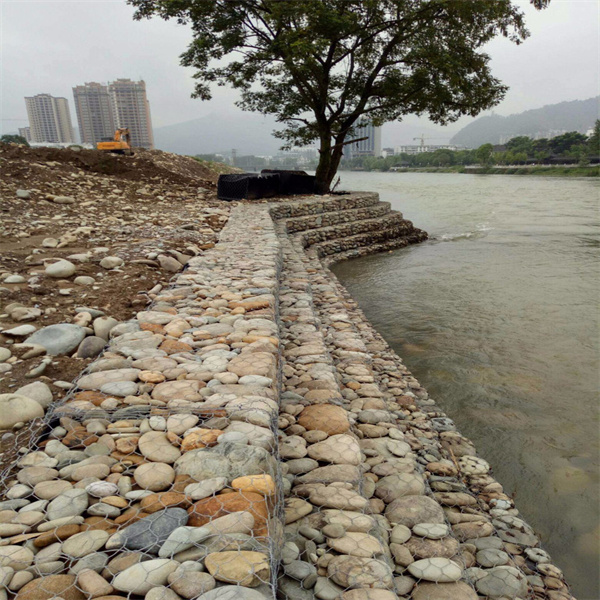Lùna . 11, 2024 03:26 Back to list
Enhancing Landscape Stability with Durable and High-Quality Gabion Retaining Wall Solutions
The Benefits of High-Quality Gabion Slope Solutions
Gabion structures have become increasingly popular in the realm of civil engineering and landscape architecture, primarily due to their versatility, durability, and aesthetic appeal. A gabion is a wire mesh cage filled with rocks, stones, or other materials, which provides a robust solution for various applications, including slope stabilization, erosion control, and structural reinforcement. Particularly, high-quality gabion sloping systems have emerged as a reliable choice for both practical and environmental reasons.
Enhanced Stability and Strength
One of the primary reasons for opting for high-quality gabion slopes is their superior stability. The carefully engineered wire mesh and the choice of filling materials significantly influence the structural integrity of gabion walls and slopes. High-quality materials ensure that the gabions can withstand hydrostatic pressure, soil movement, and extreme weather conditions. This resistance to environmental stresses is crucial, particularly in areas prone to heavy rainfall or flooding, where conventional retaining walls may fail.
High-quality gabions offer the added benefit of being adaptable to various terrain types. Their flexible nature allows them to conform to the natural shape of the landscape, distributing weight evenly, and reducing the risk of landslides or collapses. This adaptability makes gabion systems an ideal choice for diverse geographical regions, from mountains to coastal areas.
Erosion Control and Environmental Compatibility
Erosion is a significant concern in many areas, particularly in those with steep slopes or near water bodies. High-quality gabion slopes effectively mitigate erosion by acting as a barrier that slows down water flow, allowing sediment to settle and reducing soil displacement. The porous nature of gabions allows for water drainage while preventing soil washout, which is essential for maintaining the integrity of the surrounding landscape.
high quality gabion slope

Moreover, gabions can be filled with natural stones that harmonize with the environment, making them an aesthetically pleasing option. Over time, vegetation can grow through and around the gabions, further enhancing the ecological value of the installation. This sustainable approach not only stabilizes slopes but also contributes to biodiversity by creating habitats for various flora and fauna.
Cost-Effectiveness and Low Maintenance
From an economic perspective, high-quality gabion structures offer significant cost savings. Their long lifespan reduces the need for frequent repairs or replacements, and they require minimal maintenance. Unlike traditional retaining walls that may necessitate regular inspections and reinforcement, gabions can maintain their functionality with little oversight. When damage does occur, individual cases can be easily repaired without necessitating a complete overhaul of the structure.
Additionally, the construction of gabion walls is relatively straightforward, often requiring fewer resources and less labor than other forms of slope stabilization. This efficiency translates to lower initial costs and can be a decisive factor for homeowners, developers, and municipal projects alike.
Conclusion
In conclusion, high-quality gabion slopes present a multifaceted solution for modern engineering and landscaping challenges. Their strength, adaptability, and ability to combat erosion make them vital for sustainable development. Furthermore, their cost-effectiveness and low maintenance needs render them a smart investment for property owners and municipalities seeking reliable and aesthetically pleasing solutions to steep terrain and erosion issues. By choosing high-quality gabions, stakeholders can create stable, environmentally friendly, and visually appealing landscapes that stand the test of time.
-
Visualizing Gabion 3D Integration in Urban Landscapes with Rendering
NewsJul.23,2025
-
The Design and Sustainability of Gabion Wire Mesh Panels
NewsJul.23,2025
-
The Acoustic Performance of Gabion Sound Barriers in Urban Environments
NewsJul.23,2025
-
Mastering the Installation of Galvanized Gabion Structures
NewsJul.23,2025
-
Gabion Boxes: Pioneering Sustainable Infrastructure Across the Globe
NewsJul.23,2025
-
Custom PVC Coated Gabion Boxes for Aesthetic Excellence
NewsJul.23,2025
-
Installation Tips for Gabion Wire Baskets in Erosion Control Projects
NewsJul.21,2025






